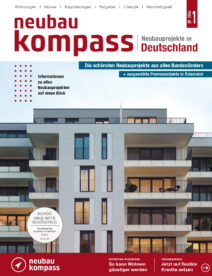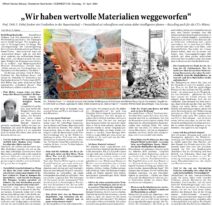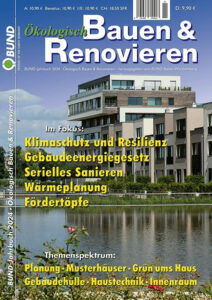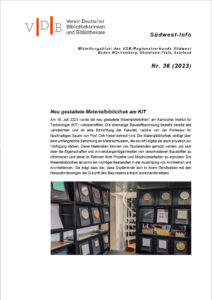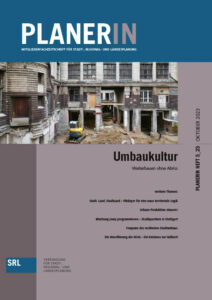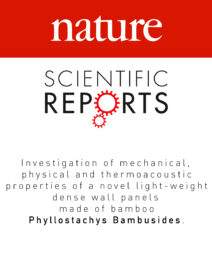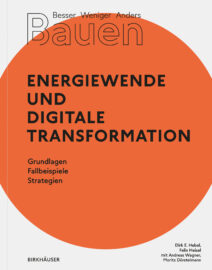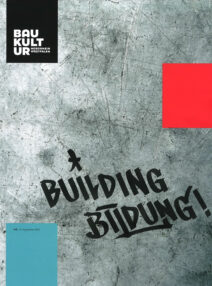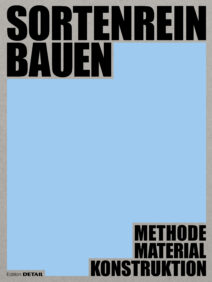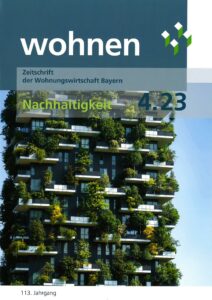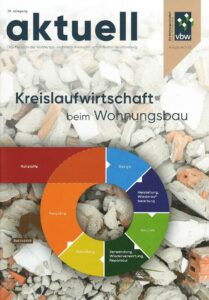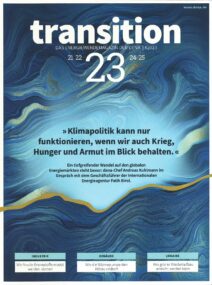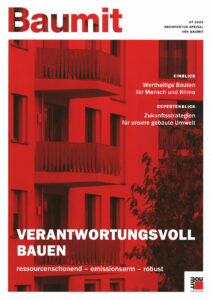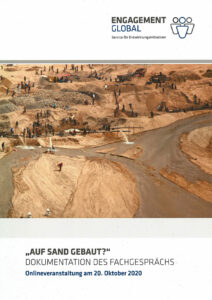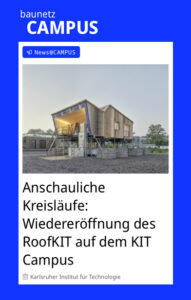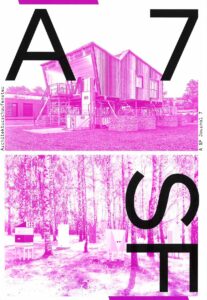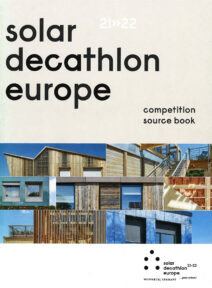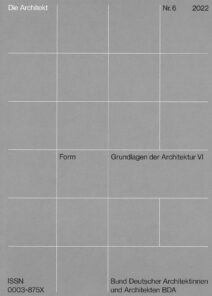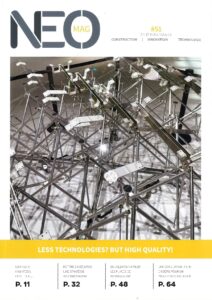Healing Concrete – Hendrik Jonkers
Hendrik Marius Jonkers is currently a teaching scientist at Delft University of Technology, Faculty of Civil Engineering and Geosciences at the Department of Materials & Environment, The Netherlands. Prior to that, he worked as a research scientist at the Max-Planck-Institute for Marine Microbiology, Germany, as well as the University of Groningen, Department of Paleontology and the Netherlands Organization for Applied Scientific Research (MT-TNO).
Abstract: Healing Concrete
In this research project the suitability of very specific but otherwise harmless bacteria are tested for their ability to repair cracks and thus significantly improve the durability of concrete structures. Such a bacterial repair mechanism would be beneficial for the economy and the environment at the same time, as concrete is worldwide the most applied building material. This new type of ‘bio-concrete’ would make costly manual repair unnecessary and would minimize the use of raw materials, as structures will last much longer.
In nature a huge number of different varieties of bacteria occur and some of these are likely well adapted to artificial man-made environments such as concrete. From a human perspective concrete may seem an extreme environment as the material is dry and rock-solid. However, this does not apply to a specialized group of bacteria, the ‘extremophiles’, named after their habit to love extreme conditions. Some of these bacterial species are not only known to love extremely dry conditions, but also to be able to produce copious amounts of limestone. This calcium carbonate-based material, as well as other types of bio-minerals produced by bacteria, could serve to seal or heal cracks in concrete. The major goal of this research project therefore is to find the right bacteria which can, when integrated in concrete, actively repair a structure during its 50-100 years service life. This newly developed self-healing bio-concrete is expected to result in significantly reduced production-, repair-, and maintenance costs. Furthermore, this bacteria-based concrete will be much more environmental friendly as traditional concrete, as less material is needed due to the extended service life of its structures. Nowadays the production of cement, the most important ingredient of concrete, contributes for 5-10% to the world’s atmospheric CO2 emission, and as less material is needed, a wide application of bio-concrete based structures is expected to significantly lower atmospheric CO2 emissions.





